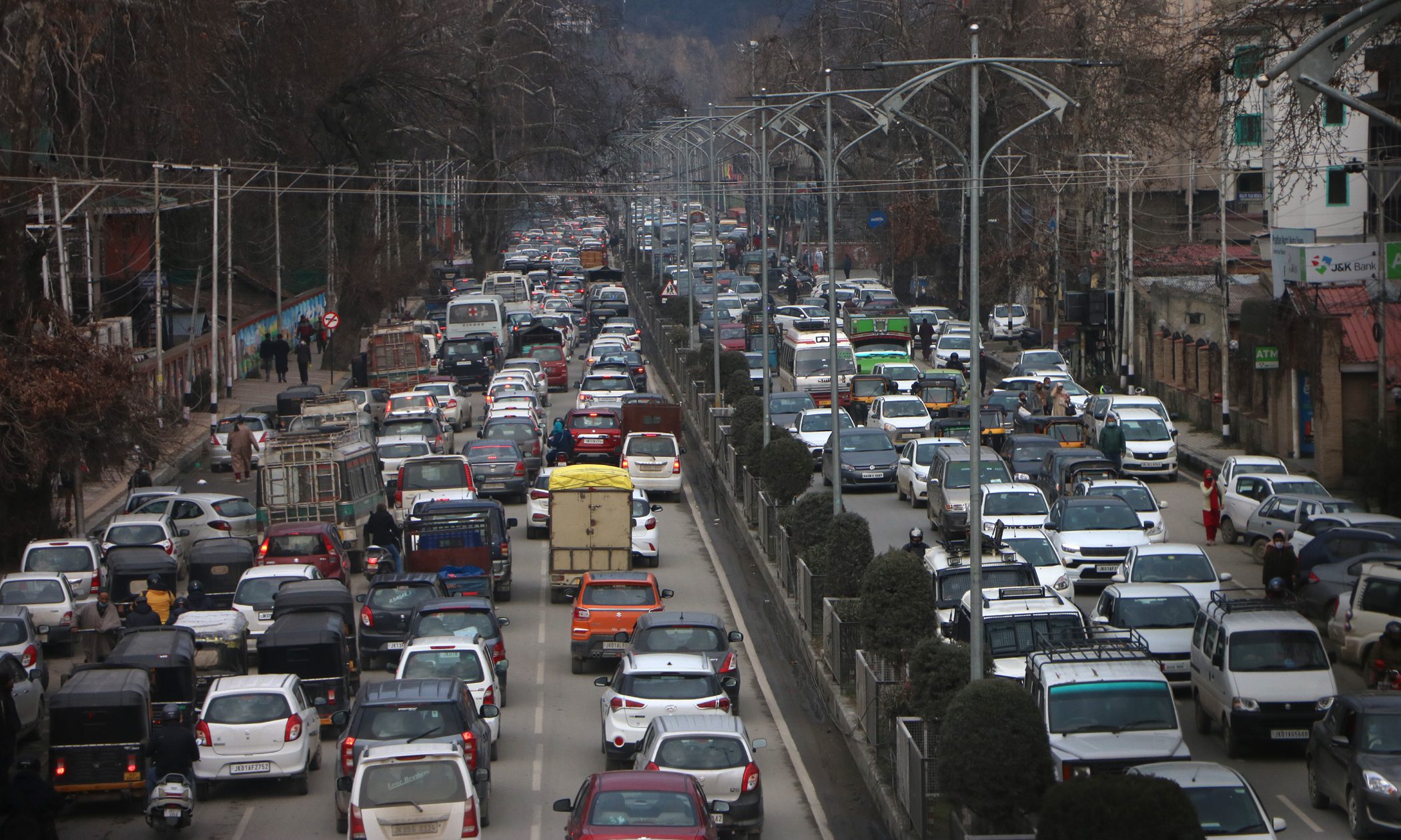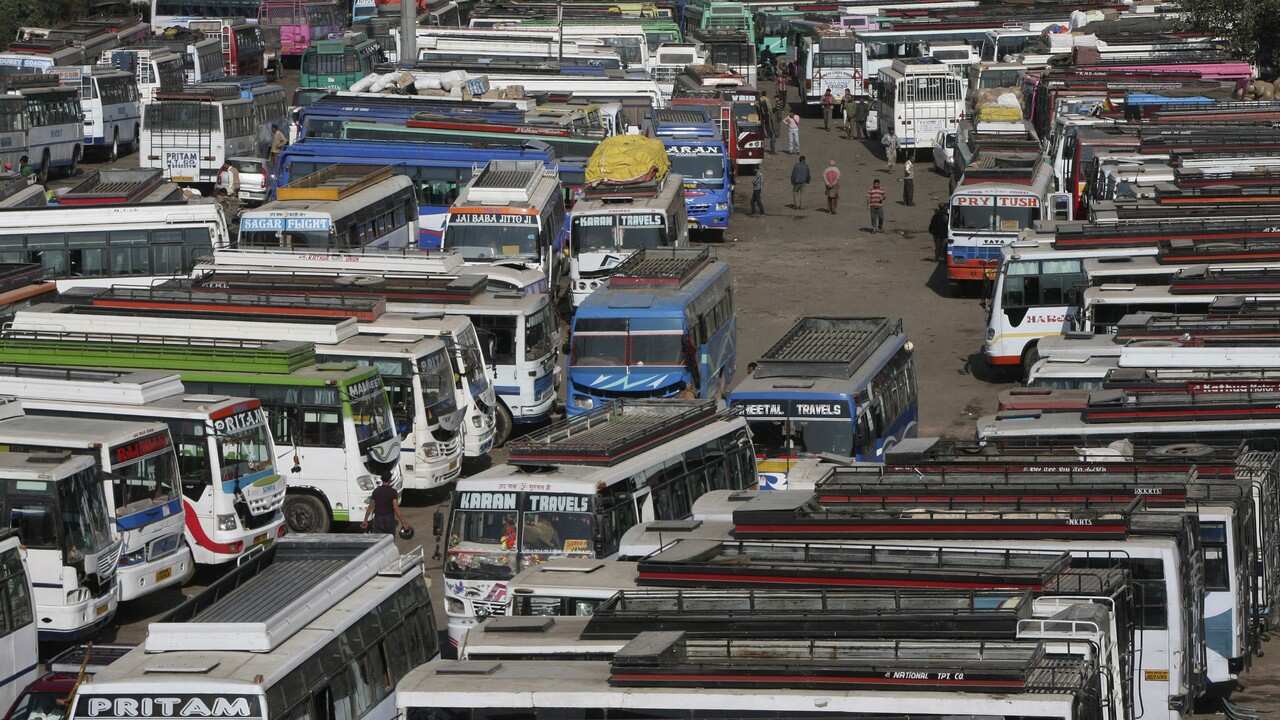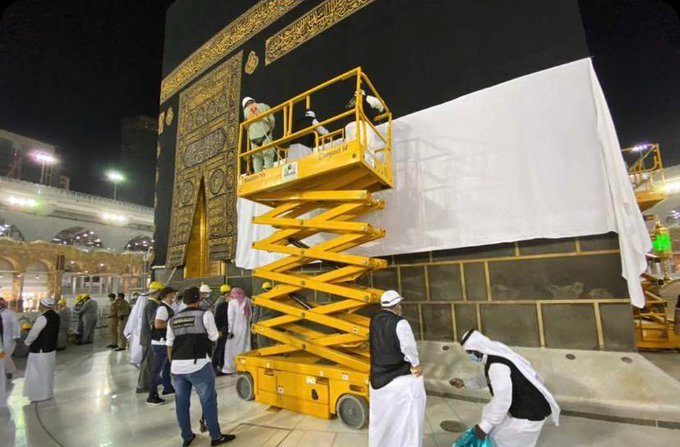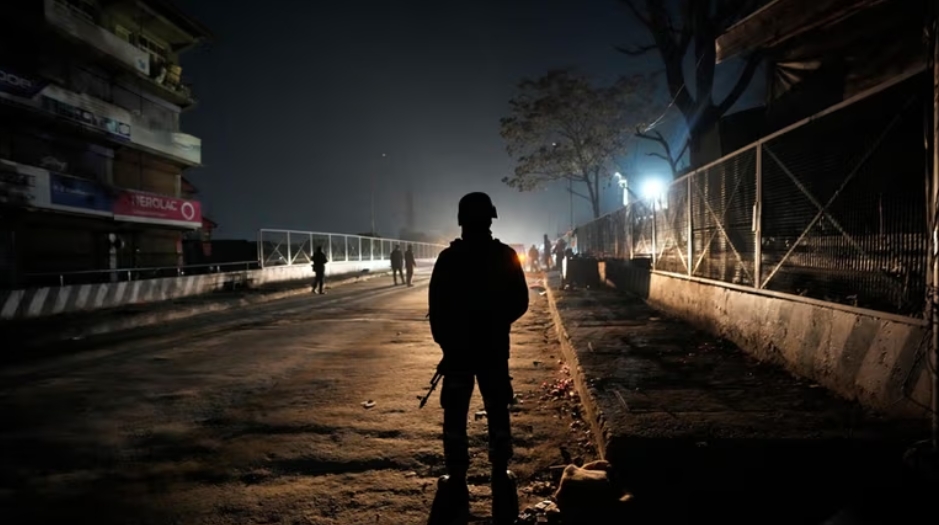As the sacred month of Dhu al-Hijjah approaches, signaling the onset of the Hajj season, Saudi authorities have undertaken the revered annual tradition of raising the lower part of the Kaaba’s Kiswah by approximately three meters. This ceremonial act, performed by a team of 36 specialized personnel utilizing 10 cranes, serves both symbolic and practical purposes.
The elevation of the Kiswah, the black silk cloth adorned with gold embroidery that envelops the Kaaba, is a precautionary measure aimed at preserving its sanctity and preventing potential damage. During Tawaf—the ritual circumambulation of the Kaaba—pilgrims often reach out to touch the Kiswah, which can lead to wear and tear. To safeguard the cloth, the exposed area is covered with a white cotton fabric measuring 2.5 meters in width and extending 54 meters around the Kaaba’s perimeter.
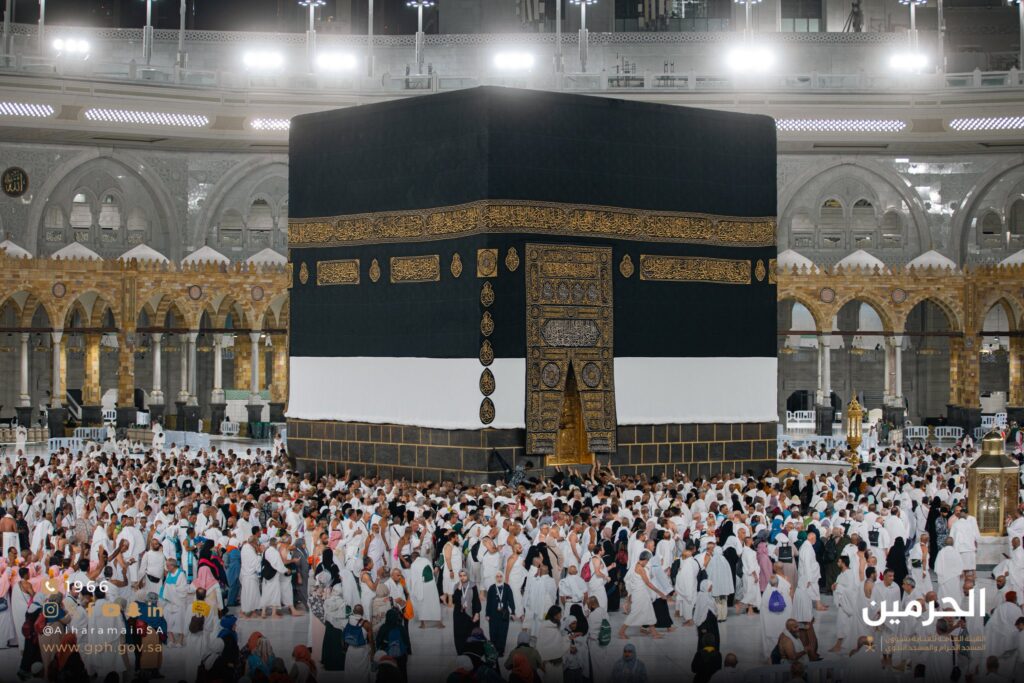
This tradition not only protects the Kiswah but also marks the spiritual preparation for the Hajj pilgrimage. Pilgrims enter a state of Ihram, donning simple white garments that signify purity and equality before God. For men, this consists of two unstitched white sheets, while women wear modest clothing that meets Islamic guidelines.
The Hajj pilgrimage, one of the Five Pillars of Islam, is scheduled to commence on the 8th of Dhu al-Hijjah, corresponding to June 4, 2025. This sacred journey attracts millions of Muslims from around the world, all converging in Mecca to perform rites that have been observed for centuries.




